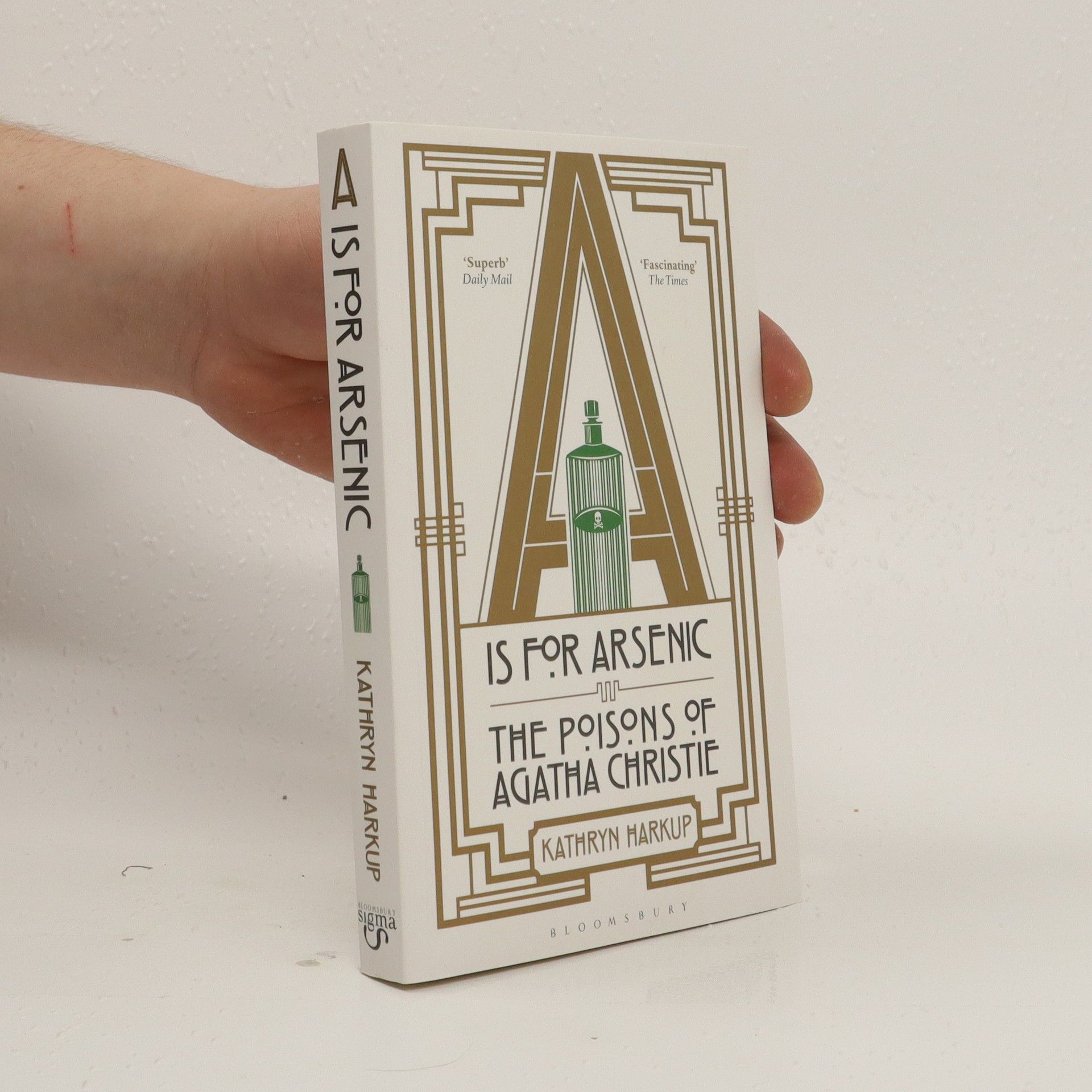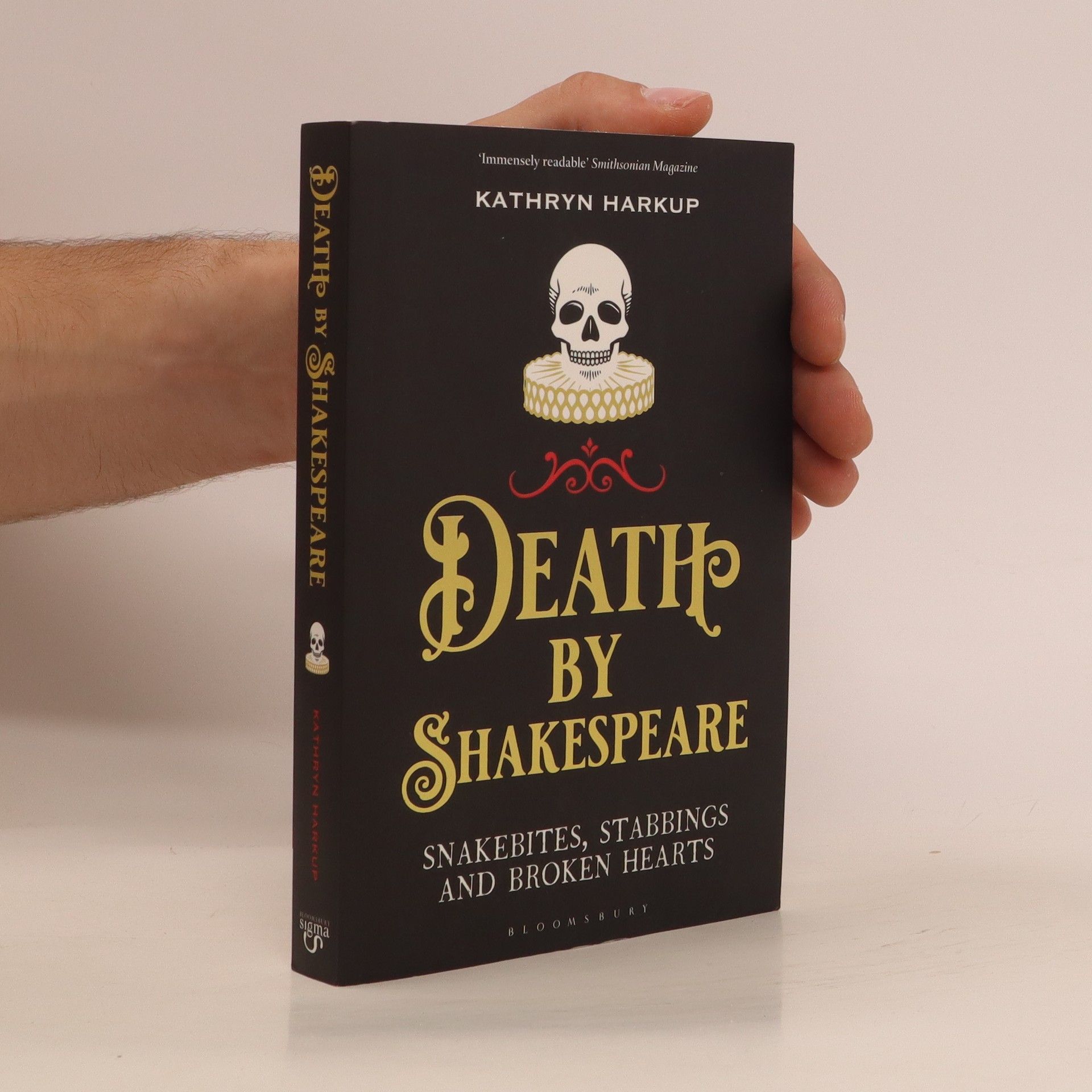The Secret Lives of the Elements
- 224pages
- 8 heures de lecture
' The perfect book to escape our human-sized existence and take a tour of the atomic world instead.' Helen Arney, science comedian and broadcaster When we think of the periodic table we picture orderly rows of elements that conform to type and never break the rules. In this book Kathryn Harkup reveals that there are personalities, passions, quirks and historical oddities behind those ordered rows, and shows us that the periodic table is a sprawling family tree with its own black sheep, wayward cousins and odd uncles. The elements in the periodic table, like us, are an extended family - some old, some newborn, some shy and reticent, some exuberant or unreliable. Dr Harkup tells the weird and wonderful stories of just fifty two members of this family - remarkable tales of discovery, inspiration and revolution, from the everyday to the extraordinary. Some elements are relatively anonymous; others, already familiar, are seen in a new light; and old friends have surprising secrets to share. From our green-fingered friend magnesium to the devil incarnate polonium, this eclectic collection of engaging and informative stories will change the way you see the periodic table for ever.


